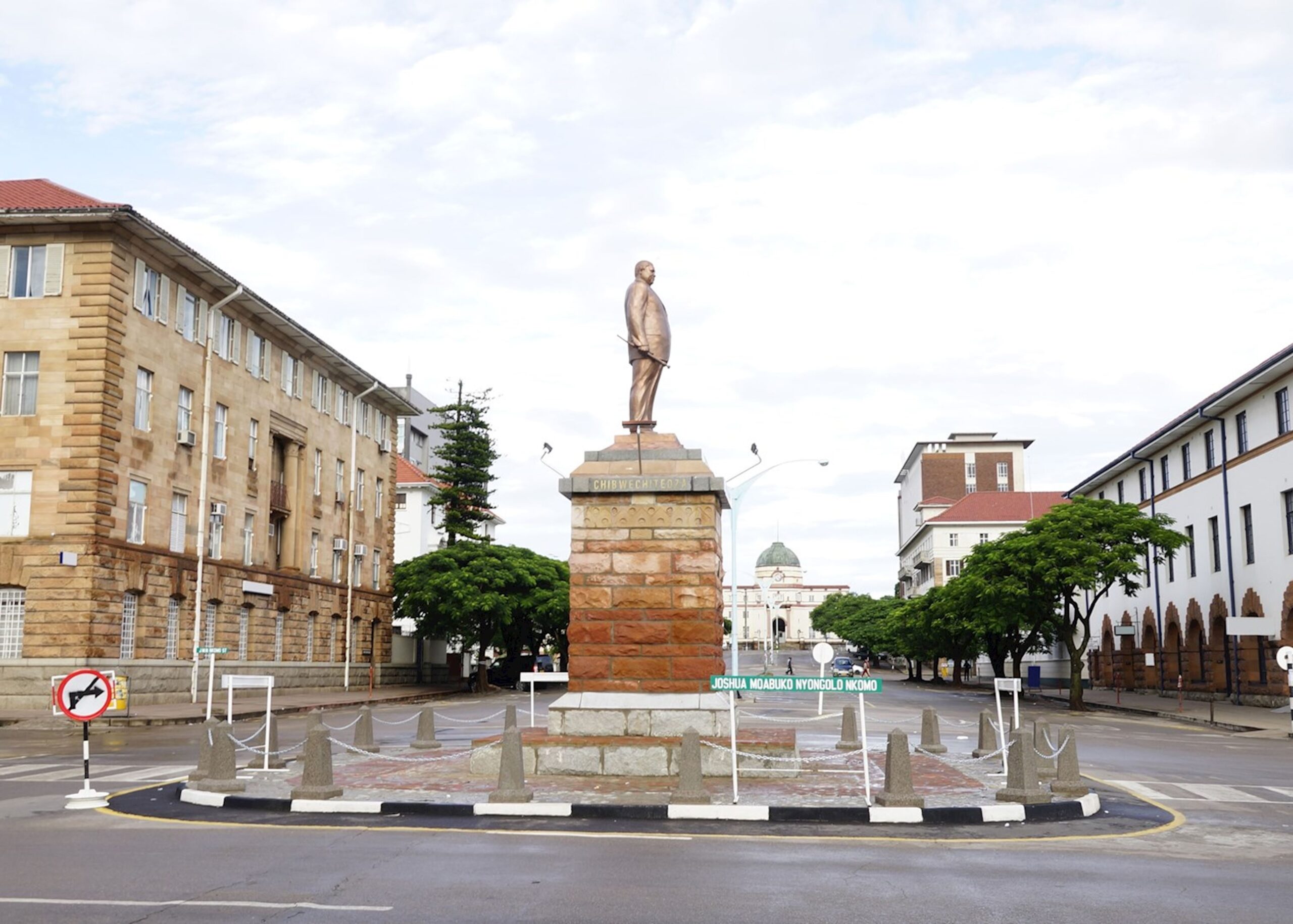Mining growth triggers demand for skilled human capital
THE growth of the mining sector in Zimbabwe through new investments and re-opening of closed
mines is creating huge demand for skilled human capital, which calls for improved training
capacity for enhanced production.
Since the coming in of the New Dispensation led by President Mnangagwa, the mining sector has
been registering a positive momentum, which has seen small and big mining companies expanding
capacity and recording an increase in output.
The gold sub-sector has been leading the pack while other minerals such as platinum, chrome,
coal, nickel and lithium have also shown solid growth. For instance, gold deliveries to Fidelity
Printers and Refiners in the seven months to July 2022 grew by nearly 50 percent to 18, 94 tons
sustaining an upward trajectory in the year in comparison to 12,8 tons delivered in the same period
in 2021.
The resuscitation of big mines like How, Blanket and Hwange also gives a clear testimony that
there is growth in the mining sector. Zimplats has also accelerated its inclusive socio-economic
growth through its inclusive local enterprise development spending to US$552,5 million on local
procurement, which represents 31 percent from last year’s US$423 million.
Also, the value addition and beneficiation of minerals have seen investors grabbing new
opportunities, which have seen the recent launch of the US$1bn Dinson Iron and Steel company in
Chirumhanzu Midlands Province.
Dinson Iron and Steel Company
Mines and Mining Development Deputy Minister, Polite Kambamura, who was in Bulawayo last
Friday to officiate during the Zimbabwe School of Mines (ZSM) 28th graduation ceremony, said
the strategic role of the mining sector to overall national economic development demands scaling
up human capital development as a critical enabler.
He said the ZSM, as a specialised mining skills training institution, should play its part in
producing qualified personnel that would grab the growing opportunities in the sector.
“With new investments in the mining sector leading to the opening of new mines, expansion of
existing mines as well as re-opening of dormant mines, the mining sector is anticipating an
increase in human capital need,” he said.
Deputy Minister Kambamura’s sentiments come at a time when the mining sector is already
pursuing an ambitious target of realising US$12 billion earnings by 2023, whose roadmap was
officially launched by President Mnangagwa in 2019.
The Second Republic is also pushing for value addition of the country’s natural resources including
precious minerals for the country to benefit more from its resources and ZSM is expected to play a
leading role and respond by providing skills, particularly in the emerging minerals such as lithium
and others being mined in Zimbabwe.
The mining sector is critical in generating foreign currency, contributing about 70 percent of the
country’s forex earnings, according to official estimates. As such, Deputy Minister Kambamura
said human capital development agenda is one of the critical pillars for mining sector development
towards the US$12 billion milestone and ultimately attainment of the national vision of Zimbabwe
becoming an upper middle-income economy by 2030.
This year’s graduation ceremony was held under the theme: “Skilled Practitioners for Attainment
of the US$12 billion Mining Industry by 2023”.
A total of 180 students graduated at ZSM with 32 percent being females. Deputy Minister
Kambamura said this year’s numbers demonstrate that more women are entering into the mining
sector, which was previously dominated by men.
“We continuously urge the girl child to take up the challenge and participate in the sector,” he said.
— The Chronicle









